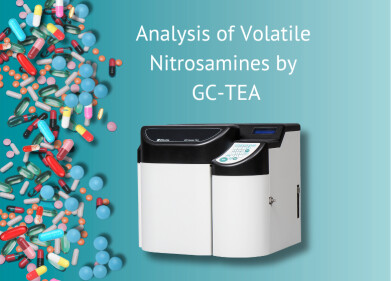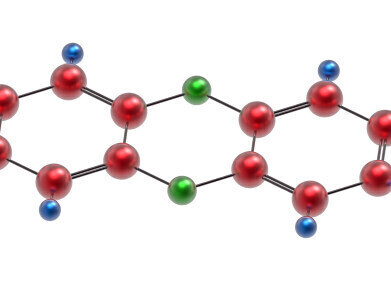GC-MS
Ensuring Food Safety: Analysing Butylated Hydroxytoluene (BHT) with Advanced Techniques
Nov 15 2023
In an era where food safety is paramount, rigorous testing and analysis are essential to protect consumers from potentially harmful additives. One such additive that has come under scrutiny in recent years is Butylated Hydroxytoluene (BHT), a synthetic antioxidant commonly used in food products to extend shelf life. Analysing BHT in food has become crucial to ensure its safe consumption, and advanced analytical techniques have played a pivotal role in achieving this goal.
BHT is added to food products to prevent oxidative deterioration, preserving their freshness and flavour. While it is generally recognised as safe by regulatory agencies like the FDA, concerns about its potential health risks have prompted increased scrutiny. To address these concerns, the food industry has adopted advanced analytical techniques to accurately measure BHT levels in various food products.
Gas Chromatography-Mass Spectrometry (GC-MS) has emerged as one of the primary methods for BHT analysis. GC-MS separates and identifies BHT by measuring the mass-to-charge ratio of its ions, offering high sensitivity and specificity. This technique ensures precise quantification of BHT levels, even in complex matrices like food. Additionally, liquid chromatography coupled with mass spectrometry (LC-MS) has also gained popularity, particularly for liquid and semi-liquid food products.
These advanced analytical methods are not limited to traditional laboratory settings. Portable analytical devices, such as hand-held spectrometers and chromatographs, enable on-site testing, offering rapid results and real-time quality control for food manufacturers. This real-time monitoring ensures that BHT levels in food remain within regulatory limits, enhancing consumer trust in the industry.
Furthermore, advances in spectroscopy, specifically infrared (IR) and nuclear magnetic resonance (NMR) spectroscopy, have been applied to BHT analysis. These techniques allow for non-destructive analysis, reducing sample preparation and waste while providing valuable insights into the chemical structure of BHT and its interactions within food matrices.
The importance of BHT analysis extends beyond regulatory compliance. Consumers are becoming increasingly conscious of the ingredients in their food, prompting manufacturers to adopt transparent labelling practices. Advanced analytical techniques help manufacturers verify the accuracy of their ingredient lists, promoting consumer confidence.
In conclusion, ensuring the safety of BHT in food products is paramount, given its widespread use as an antioxidant. Advanced analytical techniques, including GC-MS, LC-MS, IR spectroscopy, and NMR spectroscopy, have revolutionised the way we analyse BHT in food, offering precision, speed, and transparency. These techniques not only enable food manufacturers to adhere to regulatory standards but also empower consumers to make informed choices about the products they consume.
More information online
Events
Analytica Anacon India & IndiaLabExpo
Apr 23 2025 Mumbai, India
Apr 27 2025 Portland, OR, USA
May 11 2025 Vienna, Austria
May 18 2025 Tempe. AZ, USA
May 21 2025 Birmingham, UK














